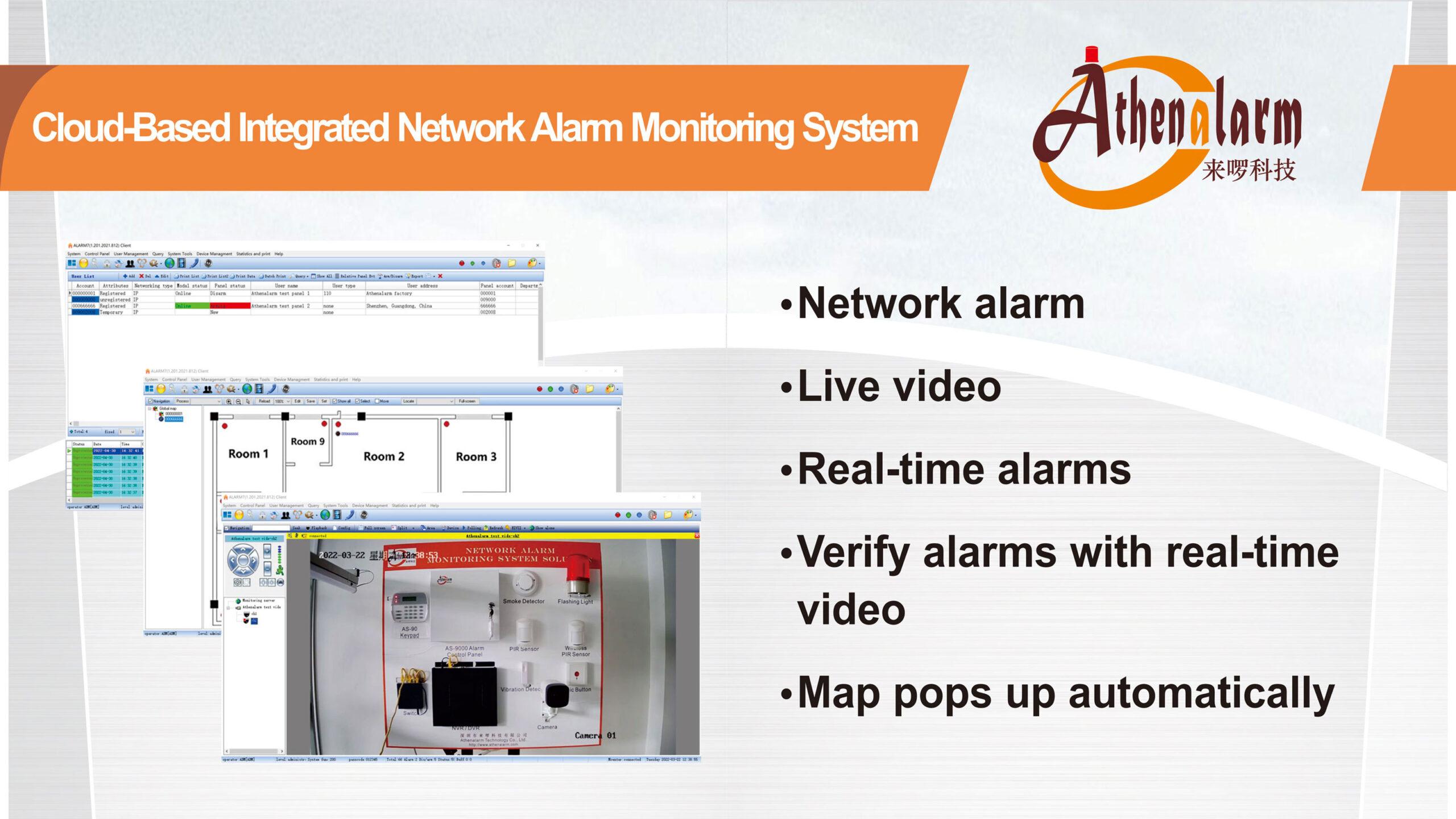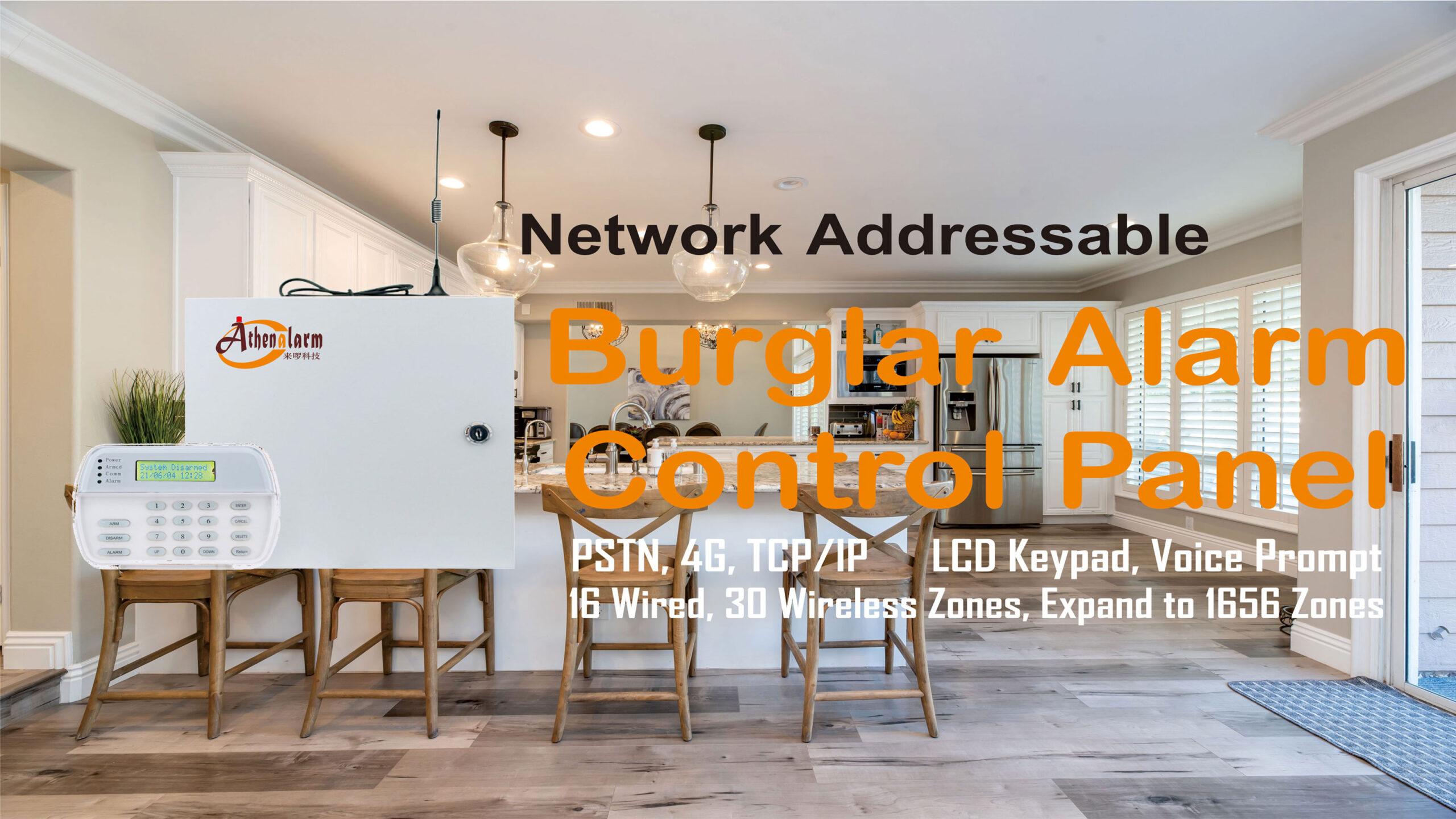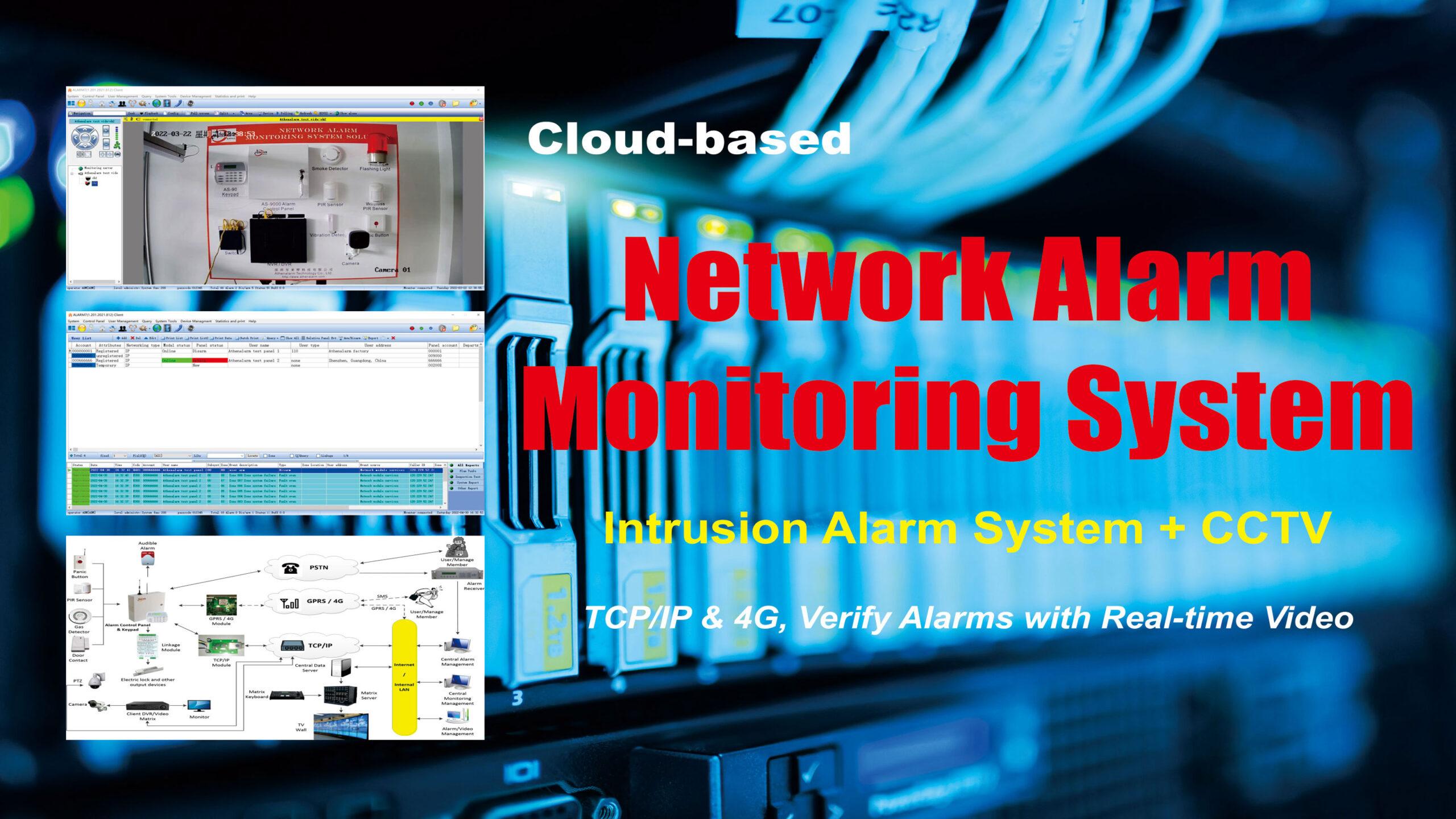



How to Install PIR Motion Sensors Correctly
PIR motion sensors are widely used in security engineering. How to install PIR motion sensors correctly, so that it can not only prevent missed alarms, but also reduce false alarms (mainly to minimize false alarms). It is very important for security work.
To achieve this, firstly, it is necessary to understand some basic concepts and technical characteristics of PIR motion sensors, and select appropriate PIR motion sensors. PIR motion sensors come in various models, from indoor to outdoor, from wired to wireless, from a single infrared probe to multiple infrared probes, from wall mounted to ceiling mounted, and so on. Therefore, the installation of PIR motion sensors must consider the actual conditions, such as the size of the protective space, the surrounding environment, and the characteristics of the entrance and exit. Secondly, after selecting a suitable PIR motion sensor, follow the requirements of installation, debugging, and use according to the technical characteristics of the PIR motion sensor strictly, in order to maximize the effectiveness of the PIR motion sensor.
The installation of PIR motion sensors mainly starts from the following aspects:
1 Installation height
The installation height of the PIR motion sensors is not arbitrary, it should be installed according to the height indicated in the manual. If the installation height is not correct, it may cause poor phenomena such as shortened detection distance, which directly affects the sensitivity and anti pet effect of PIR motion sensors. Generally, the installation height of wall mounted PIR motion sensors is 2.0-2.2 meters.
2 Installation angle
Some PIR motion sensors indicate the installation angle in the manual. The installation angle of a PIR motion sensor is closely related to the optical system of the product, and if the installation angle is incorrect, it may also affect the detection area.
3 Installation direction
PIR motion sensors also need to pay attention to the installation direction during the installation process. Choosing a suitable installation location on site is an extremely important step in avoiding false alarms of PIR motion sensors and obtaining the optimal detection sensitivity. Due to the optical characteristics of the lens, the transverse detection area of the PIR motion sensor is relatively sensitive. Therefore, the PIR motion sensor should be at a certain angle with the indoor walking line. PIR motion sensors are least sensitive to longitudinal movement, while they are most sensitive to transverse (i.e. perpendicular to the radius) movement. When installing a PIR motion sensor, please pay attention to the angle between the intrusion direction and the detection area of the PIR motion sensor. This angle should preferably be 90 degrees so as to ensure the maximum transverse detection area when an invasion occurs.
4 Installation position
The most reasonable installation location for PIR motion sensors is usually in the corner of a house. The advantage of this installation is that it has a relatively large detection range and is less susceptible to interference. It is best not to install two wireless PIR motion sensors in the same space to avoid interference caused by simultaneous triggering. PIR motion sensors should be avoided from being installed in the following locations:
- Avoid installing in areas with frequent temperature changes: it is necessary to stay away from air conditioners, fans, refrigerators, ovens, and objects that can cause rapid temperature changes. The sensing effect of PIR motion sensors is closely related to temperature changes, and both cold and hot vents and cold and heat sources may cause false alarms of PIR motion sensors.
- Avoid installing in areas with high air flow: For some low performance PIR motion sensors, sometimes air convection can also cause false alarms.
- Avoid facing glass doors and windows installation: Facing glass doors and windows can have two problems: First, white light interference. Although PIR motion sensors have strong suppression function against white light, they are not 100% suppressed. Do not face glass doors and windows directly to avoid strong light interference. Second, avoid complex environmental disturbances outside the doors and windows, such as direct sunlight, crowds, and moving vehicles.
- Avoid installing facing large objects that are constantly swinging: Large objects that swing significantly can instantly cause sudden changes in airflow in the detection area, which can also cause false alarms. Outdoor PIR motion sensors should avoid installing facing large trees and tall shrubs.
- Avoid installing in areas with screens, furniture, large bonsai, or other barriers within the detection range
- Avoid installation in areas directly exposed to sunlight
Due to the working principle and characteristics of PIR motion sensors, they are prone to misjudgment and false alarms at these locations. Therefore, during the installation process, it is important to avoid installing in areas where these phenomena exist.
5 Installation testing
After installation, the final task is to debug the PIR motion sensor. The debugging of PIR motion sensors is generally a step test, which means that the debugging personnel walk an S-shaped line within the detection area to sense the length and width of the detection area, and test whether the entire alarm system meets the requirements. You can refer to the manual to adjust the sensitivity of the PIR motion sensor appropriately. Any sensitivity that is too high or too low will affect the prevention effect.
